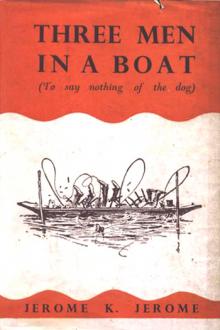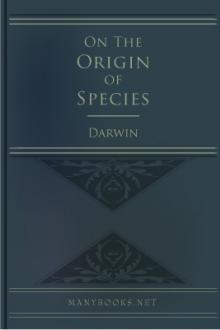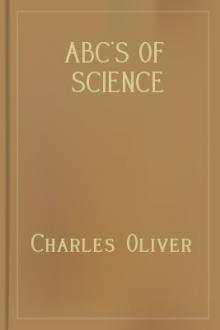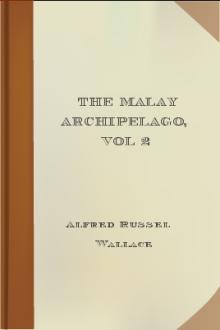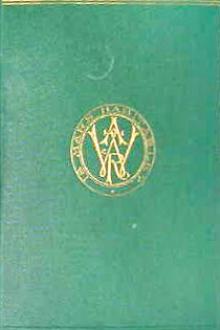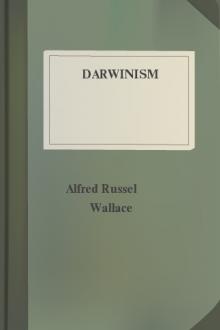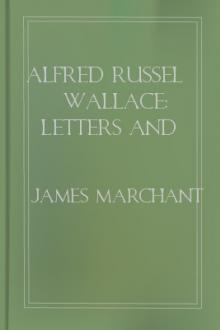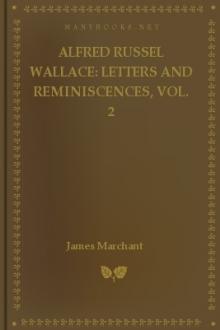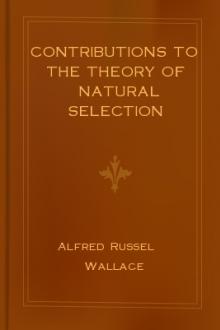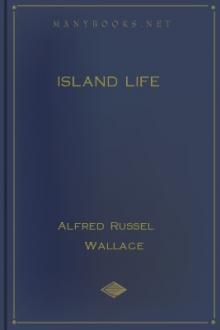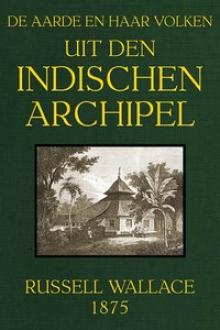The Malay Archipelago, vol 1
Book Excerpt
III. CELEBES: comprising also the Sula Islands and Bouton.
IV. THE MOLUCCAN GROUP: comprising Bouru, Ceram, Batchian, Gilolo, and Morty; with the smaller islands of Ternate, Tidore, Makian, Kaióa, Amboyna, Banda, Goram, and Matabello.
V. THE PAPUAN GROUP: comprising the great island of New Guinea, with the Aru Islands, Mysol, Salwatty, Waigiou, and several others. The Ke Islands are described with this group on account of their ethnology, though zoologically and geographically they belong to the Moluccas.
The chapters relating to the separate islands of each of these groups are followed by one on the Natural History of that group; and the work may thus be divided into five parts, each treating one of the natural divisions of the Archipelago.
The first chapter is an introductory one, on the Physical Geography of the whole region; and the last is a general sketch of the paces of man in th
Editor's choice
(view all)Popular books in Travel, Non-fiction, Science, Nature
Readers reviews
This very interesting narrative by Mr. Wallace is described as "One of the most popular and influential journals of scientific exploration published during the 19th century." Wikipedia
The book from the 1880s reads like a travel log in which Wallace describes the flora and fauna along with observations about the people and the colonial rulers of the various Island groups he visits. With the expected euro-centric bias of it's time, however don't let that dissuade you, it's well worth reading.
I was a little put-off by the lack of illustrations until I set up my lap-top and started goggling the various islands, flora, fauna, birds, mammals etc., being described in the text, which then truly brought the book to life.
You can find the original illustrations from this book using the following link: http://www.papuaweb.org/dlib/bk/wallace/book.html (One of my discoveries while googling)
If you like descriptions of exotic locals and cultures you will find it hard not to enjoy this book. Also, Wallace's theories and explanations about the migration of species and island formation are interesting and not at all hard to bear.
- Upvote (0)
- Downvote (0)

 Free Download
Free Download
















